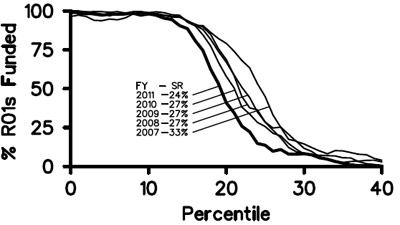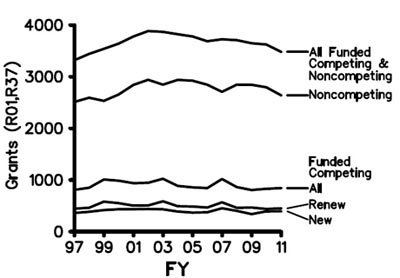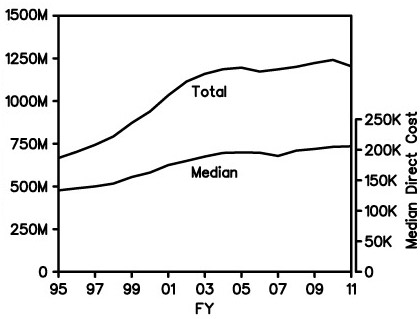Our Strategic Plan for Biomedical and Behavioral Research Training stresses the importance of creating an individual development plan (IDP) for every graduate student and postdoctoral scholar, not just those supported on formal training grants.
The plan’s implementation blueprint addresses this action item, and we’ve since posted more information and links to sample IDPs.
The latest addition to this IDP page is a new tool developed by the Federation of American Societies for Experimental Biology and the American Association for the Advancement of Science called myIDP. The tool makes it easy for grad students and postdocs to examine their scientific skills, interests and values; identify scientific career paths that best match their skills and interests; and set goals for the coming year. The site also links to articles for early career scientists to use as they plan their future.
I encourage mentors and mentees alike to check out this great new resource.



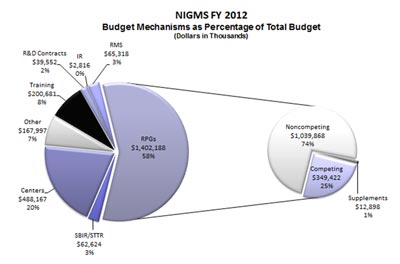
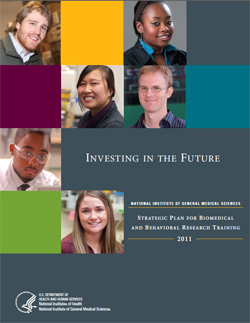 Earlier this year, we issued a Blueprint for Implementation of our Strategic Plan for Biomedical and Behavioral Research Training. Since then, we’ve developed guidance to help the academic community implement the plan. This includes several short documents on the topics below:
Earlier this year, we issued a Blueprint for Implementation of our Strategic Plan for Biomedical and Behavioral Research Training. Since then, we’ve developed guidance to help the academic community implement the plan. This includes several short documents on the topics below: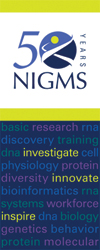 Last October, I told you that NIGMS would be commemorating its 50th anniversary in 2012. We hope you will help us mark this milestone by participating in our upcoming anniversary events, which include sessions at scientific meetings and a special symposium on the NIH campus that will feature talks by three outstanding NIGMS-funded investigators as well as poster presentations by NIGMS-supported undergraduate, graduate and postdoctoral scientists.
Last October, I told you that NIGMS would be commemorating its 50th anniversary in 2012. We hope you will help us mark this milestone by participating in our upcoming anniversary events, which include sessions at scientific meetings and a special symposium on the NIH campus that will feature talks by three outstanding NIGMS-funded investigators as well as poster presentations by NIGMS-supported undergraduate, graduate and postdoctoral scientists.
